The reality of sailing through pirate waters – with only water hoses and cardboard for protection
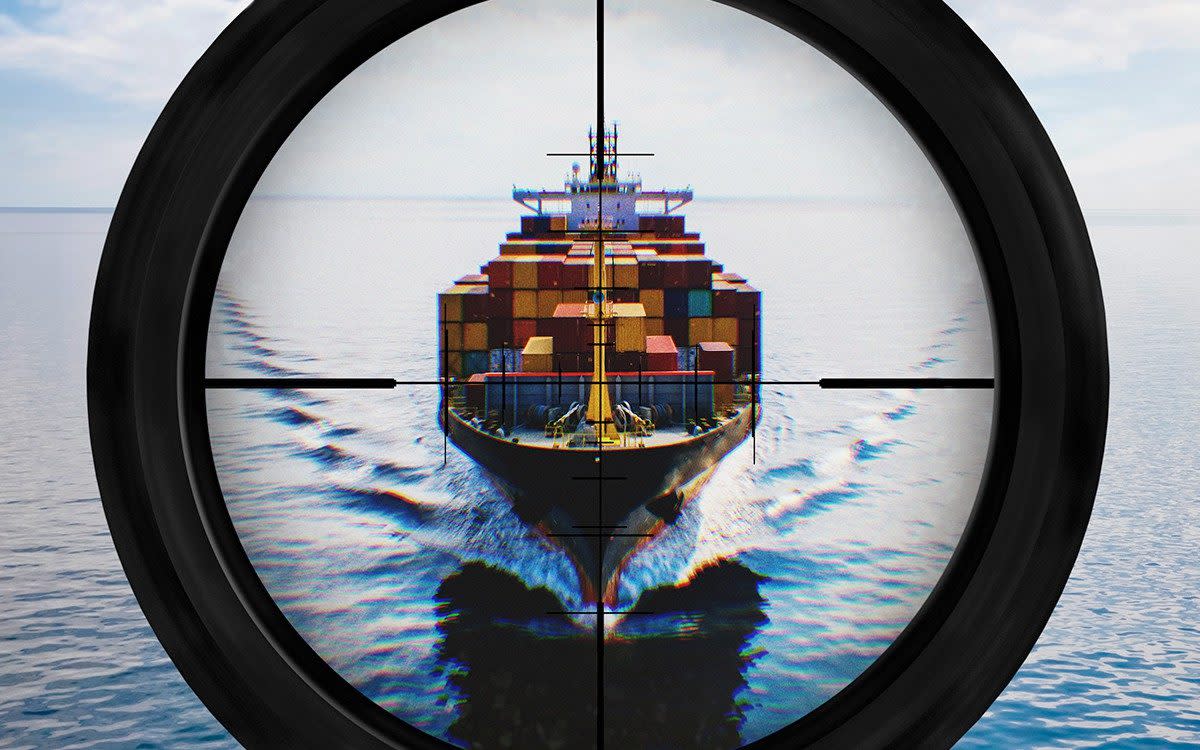
The first thing to change was the portholes. After two weeks aboard the Maersk Kendal container ship I had an established morning routine: breakfast in the mess room after the officers going on watch had finished eating, then through the heavy metal door outside my cabin onto D-deck, down the metal stairs, then a walk along the metal deck, loomed over by stacks of containers the height of a church that flexed and creaked alarmingly.
But by now we had ended our passage through the Suez Canal on our route to Singapore, and we were approaching pirate waters.
Suddenly the door portholes were covered with weirdly cheery circles of cardboard. A rosy apple, a Benson & Hedges logo. The cardboard had been cut from packages in the store room, and it was symptomatic, back in 2010, of the ad hoc “defences” that the crew of Kendal, and every other crew enduring the risks of Somali pirates every couple of months, were limited to.
In 2010, commercial ships didn’t carry armed guards. Also in 2010, 654 crew members had been taken hostage by Somali pirates.
The crew got no extra wages for enduring the fear of going through pirate waters. Things haven’t improved. This year the seafarers’ union Nautilus has asked for crews at risk of attack by Houthis in the Red Sea to be paid double for the stress they must endure. But shipping is a commercial business, and companies make their own decisions. Labour costs are always the easiest thing to cut.
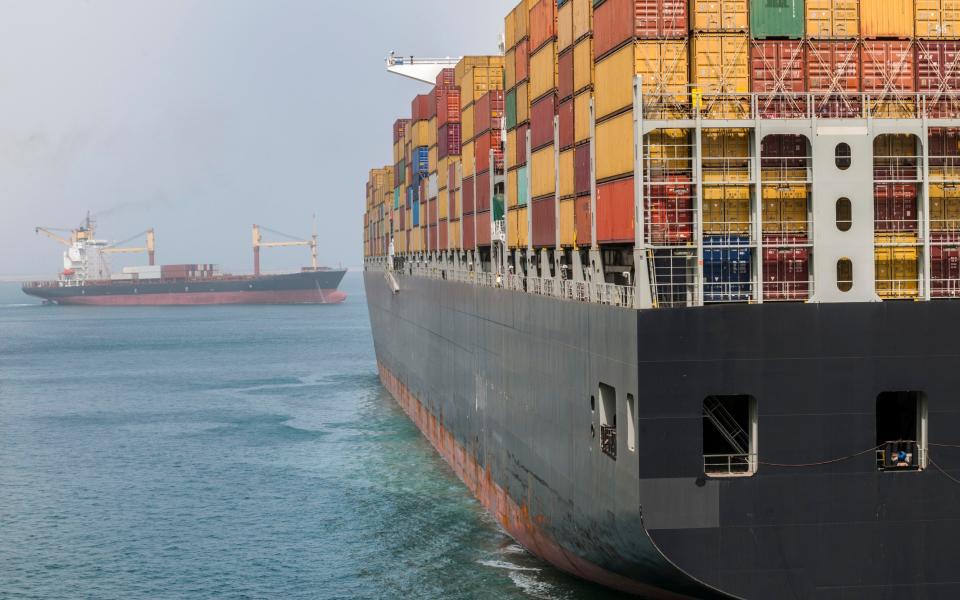
Every evening, a junior officer was tasked with traversing the accommodation house – also the eating, working and exercising house – and snapping blinds into place on cabin portholes. Snap, snap, snap.
He was blasé about the risk, because he was young and because he had done this before, plenty. Most of the crew on Kendal had travelled the pirate waters dozens of times already, and none of them admitted that each transit reduced their chances of not being captured.
“I don’t believe in pirates,” said one crew member, before telling me he knew at least two people who were currently being held hostage. The day before we approached the International Transit Corridor, a sea highway patrolled by a few navy ships, the Golden Blessing, carrying a cargo of glycol ethylene and 19 Chinese crew members, had been taken hostage. Its crew was only released six months later.
On Kendal, we relied entirely on luck; weather (monsoon made it harder for pirates to travel in small boats); water hoses (“not much use against an AK47,” said a junior officer); a dummy leaning on a deck railing so that pirates would be terrified into thinking there were 23 of us on board, not 22; those inappropriately cheery window-blocks; and a man on each bridge wing looking out to sea, except the view was mostly blocked by containers. When the captain of Kendal had asked for barbed wire, he had been refused.
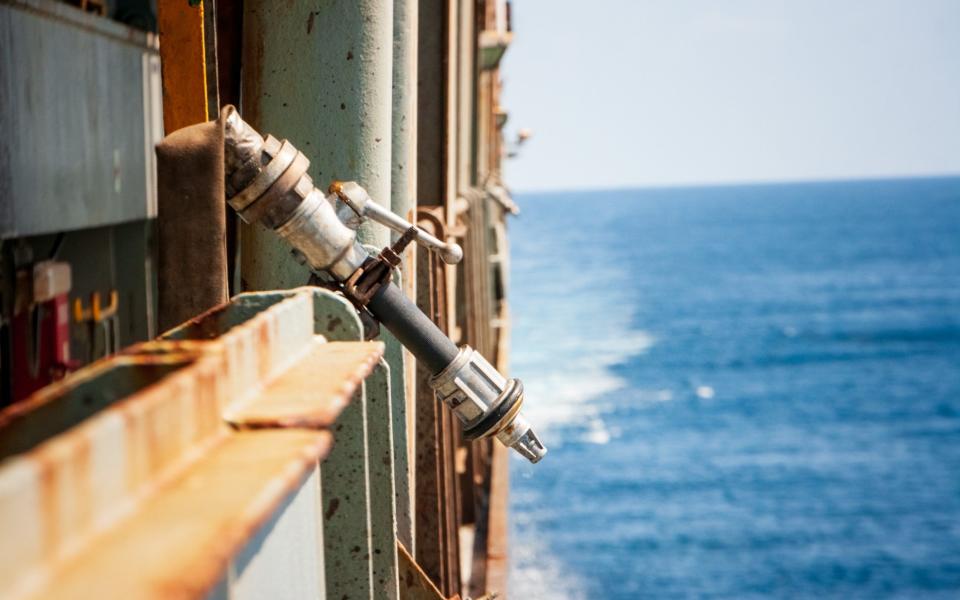
I was no longer allowed on deck and I was given instructions: if you hear seven long alarm calls, head to the engine room. The first night we were in pirate waters, I slept badly and woke to seven long alarm calls.
I ran up to the bridge but someone had punched in the wrong numbers. The laconic second officer, cool as can be, said, “There were two approaches overnight. Small boats, going fast.” No one on the crew admitted to feeling fear, but the tension was tactile for a week, until we reached the southern parts of the Indian Ocean, and the boring ocean transit, part of a fleet of commercial ships that carry ninety percent of everything and get little thanks for it, could carry on unmolested. At least until they had to turn around and come back again.
Now commercial guards are common and Somali piracy has been tamed (though it can always come back). But it’s not that difficult to capture a ship. Ships are slow. They usually drive more sedately than a Sunday pensioner.
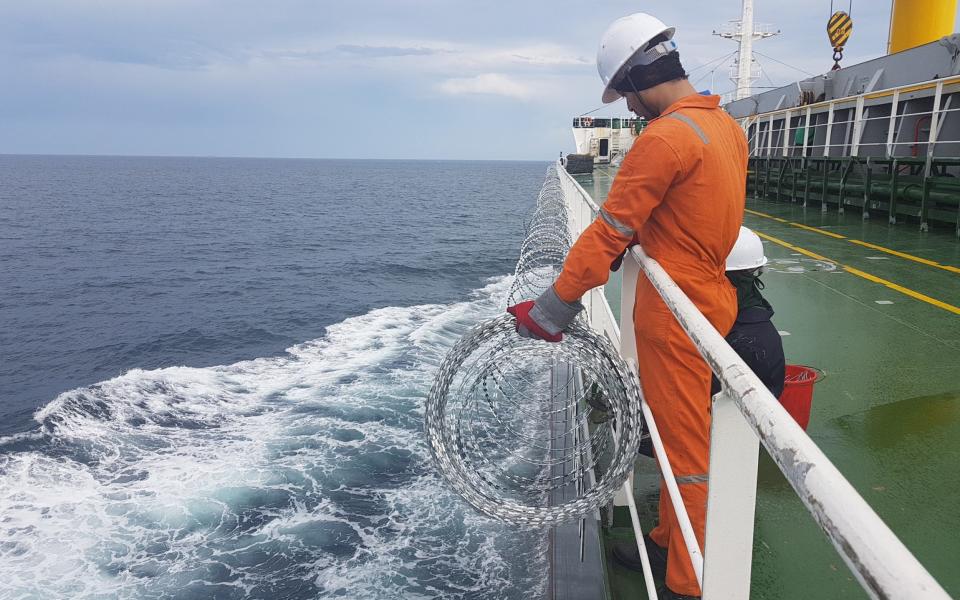
And their sides can be easily scaled with the right ladder. If there are no armed guards, the crew are defenceless. The best protection against pirates is the size of the ocean, but that is also the protectors’ greatest weakness. Even with all the current military presence in the Red Sea, a ship could be hours or days from help once under attack by human pirates not drones.
Somewhere in Yemen, 11 Filipino men and a handful of Bulgarians, Ukrainians and a Mexican are unexpectedly having a long stay in a country they had no choice about visiting.
In November 2023, Houthi fighters boarded their car-carrier ship, the Galaxy Leader, and – as the Houthis helpfully recorded their assault – took over the ship and took the 25 crew hostage.
The mainstream media has paid them little attention since, but shipping publications report that they are allowed limited contact with their families. As far as being a pirate hostage goes, it could be worse.
Back in 2010, while hostages held by Somalia pirates were being ignored – would we ignore 654 bus drivers held hostage for a year? – and Talk Like A Pirate Day became an annual comedic event, seafarers were tortured; beaten, horse-whipped and hogtied to metal decks in punishing heat for hours.
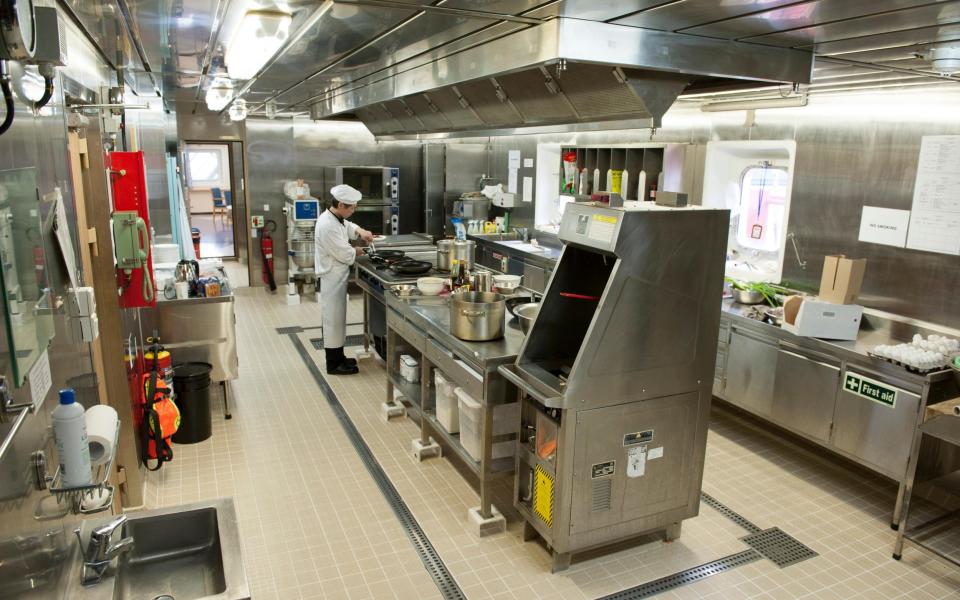
The Suez Canal usually carries 12 per cent of global shipping. Now it is less, as more companies choose to reroute around the Cape of Good Hope, a 4,000-mile detour that adds 10 days to the journey. Some estimate it adds $1 million in fuel costs. Soon we will start paying for that in our supermarket goods and fripperies. But the crews are paying far more.
The Galaxy Leader is now a tourist attraction anchored off the beach of Al Salif. “Instead of going to parks and beaches,” a Houthi media spokesman told Turkish TV, “[Yemenis from all provinces] are visiting the Galaxy ship.”
On the deck, children and young people tread barefoot over Israeli and American flags laid out as a carpet for their contempt. There is no sign of the crew, the latest in the seafaring fleet of people without whom world trade will stutter and falter, and who we need to bring us our breakfast cereal, coffee, cars and trinkets, no matter what the risk.

